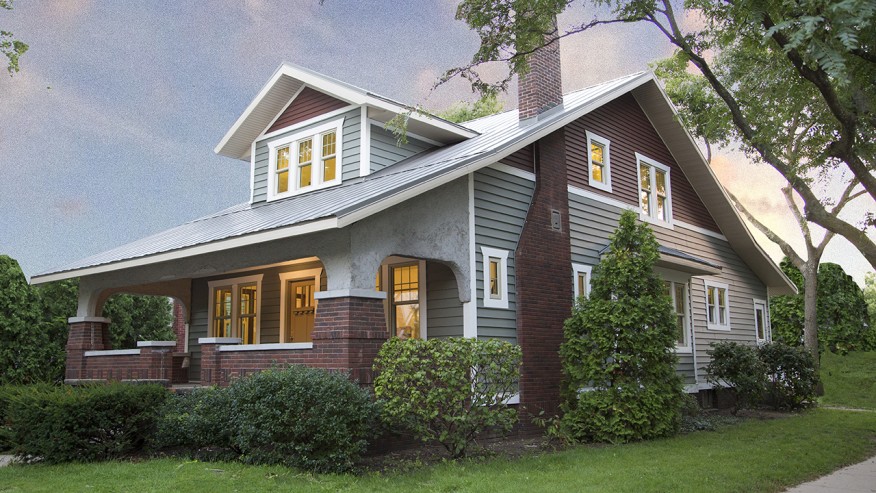
According to Whirlpool and Purdue University, any average American home can become energy efficient, and the team plans to create the prototype that shows how it’s done. In West Lafayette, Ind., a 1928 bungalow is becoming a residential laboratory for appliance- and resource-efficiency research for Purdue graduate students enrolled in the Whirlpool Engineering Rotational Leadership Development (WERLD) Program. Dubbed the “ReNEWW House”—Retrofitted Net-zero Energy, Water, and Waste—Whirlpool engineers worked with local builder Green Goose Homes to complete a deep energy retrofit of the bungalow over the summer, with the aim of eventually achieving net-zero status. To show how everyday homes can be more resource-efficient, the engineers chose this particular house because it’s about the same size as the typical American home today—two-stories, with three bedrooms and two full baths, which is about 3,000 square feet of conditioned space.
“That was important to us because we feel like net-zero energy business [is] focused on new construction, when that’s only a small fraction of homes [in the nation],” says Dr. Eckhard Groll, Purdue University’s Reilly Professor of Mechanical Engineering and director of the Office of Professional Practice, who is leading the project at Purdue. “The research has to focus on the existing homes”—of which there are about 113 million.
Dr. Eckhard Groll, who is leading the project at Purdue, testing the air flow prior to renovations.
According to Ron Voglewede, Whirlpool’s global sustainability director, the team’s approach stresses attainability. The methods and products used must be available to the average consumer. “This is a huge challenge because we’re [getting] consumers to understand how to change their footprint, not through a total change in the home, but in smart choices. We want to help both builders and consumers with sustainable living,” he says.
The ReNEWW House project will consist of three phases, each focused on conducting comprehensive research into a specific challenge: energy, water, and waste. It’s anticipated that each phase will take about a year to complete.